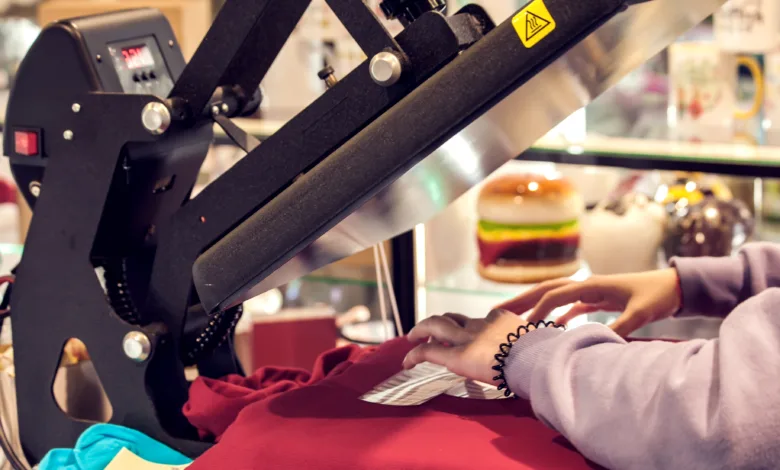
I was recently having lunch with two friends of mine who own a wholesale sublimation and fulfillment business, and we were talking about direct-to-film transfers. There has been much discussion, many companies getting involved, and lots of questions surrounding this decorating technique that has swept the industry starting in 2022 and on to 2023. I have said many times that it reminds me of the early days of direct-to-garment printing back in 2006/2008.
In my current role, outside of distributions, equipment sales, and decorating, I found their last question to me the most interesting: “Is DTF a game changer?” I have always seen the value in the technique and know if it fits certain things, but just like the other technologies are not one size fits all, I feel DTF is the same. But others seem to think this is going to be the “screen print killer” people have been predicting since 2000.
It is the solve-all decorating method to some people, but why? The reality is these adhesives have been around forever and have been used with screen print transfers since before I got into the industry in 2000, so what makes this so “different” to so many people?
As I was pondering this question, I figured the best thing to do was to just have discussions about it, and really get past the superficial excitement of DTF and really understand what people are asking. I did some quick research, took note of the conversations I was having, and asked some people in Our Success Group involved in the technology what could or could not make DTF a true game changer. Here are the three questions I came up with:
- Why is it so appealing that everyone is flocking to get their piece of the DTF pie?
- What are the limitations of the technology? What are the drawbacks?
- Is the use of DTF and adhesive powders safe for our long-term health?
- Is DTF an industry game changer?
And here is the thing, I don’t have the answers to these questions or the question about it being a game changer, so my hope is this article and other conversations I get to have about it will help me come up with the answer. I know that it might never be black and white, and it will vary depending on your business. As I tell my 11-year-old son, the world is not as black and white, and YouTube wants to make it, and it can’t be solved with an algorithm of ones and zeros.
What are your thoughts on DTF?
But to leave you with my thoughts, here is my attempt to tackle these questions — noting that I am most curious to hear your thoughts. Contact me at aaron@oursuccessgroup.com.



